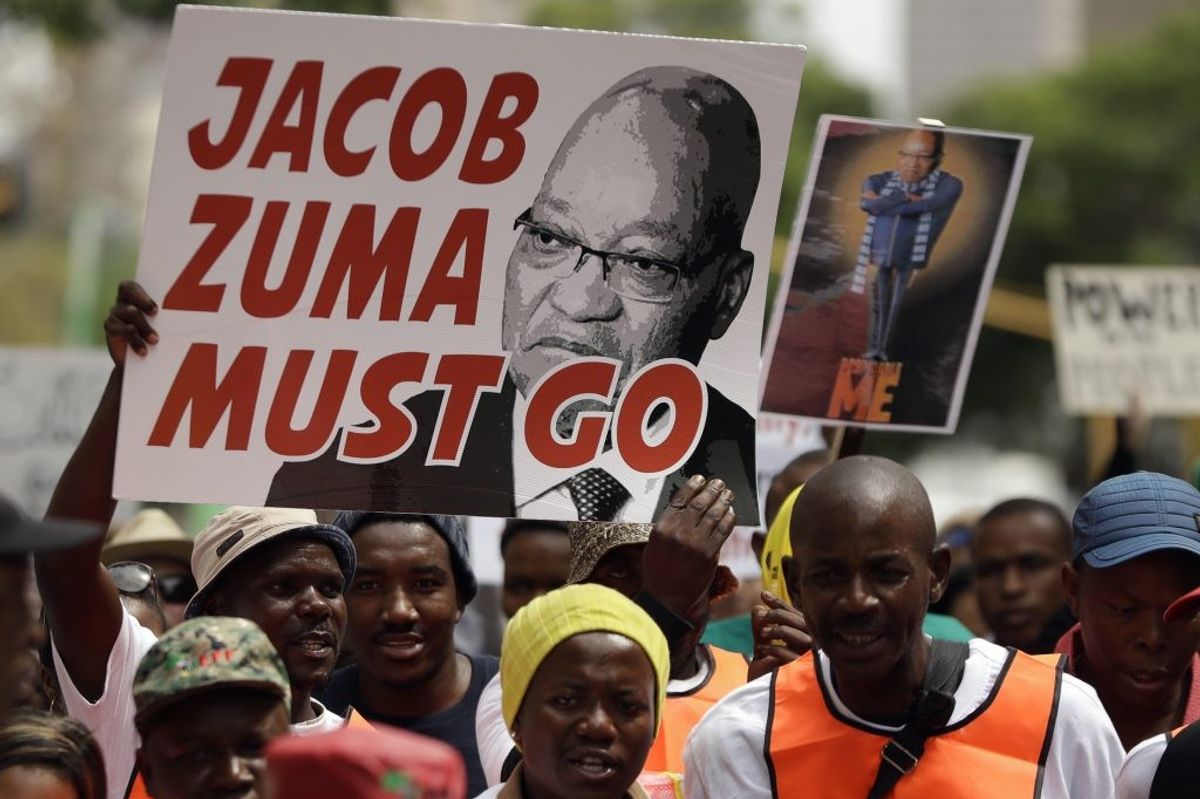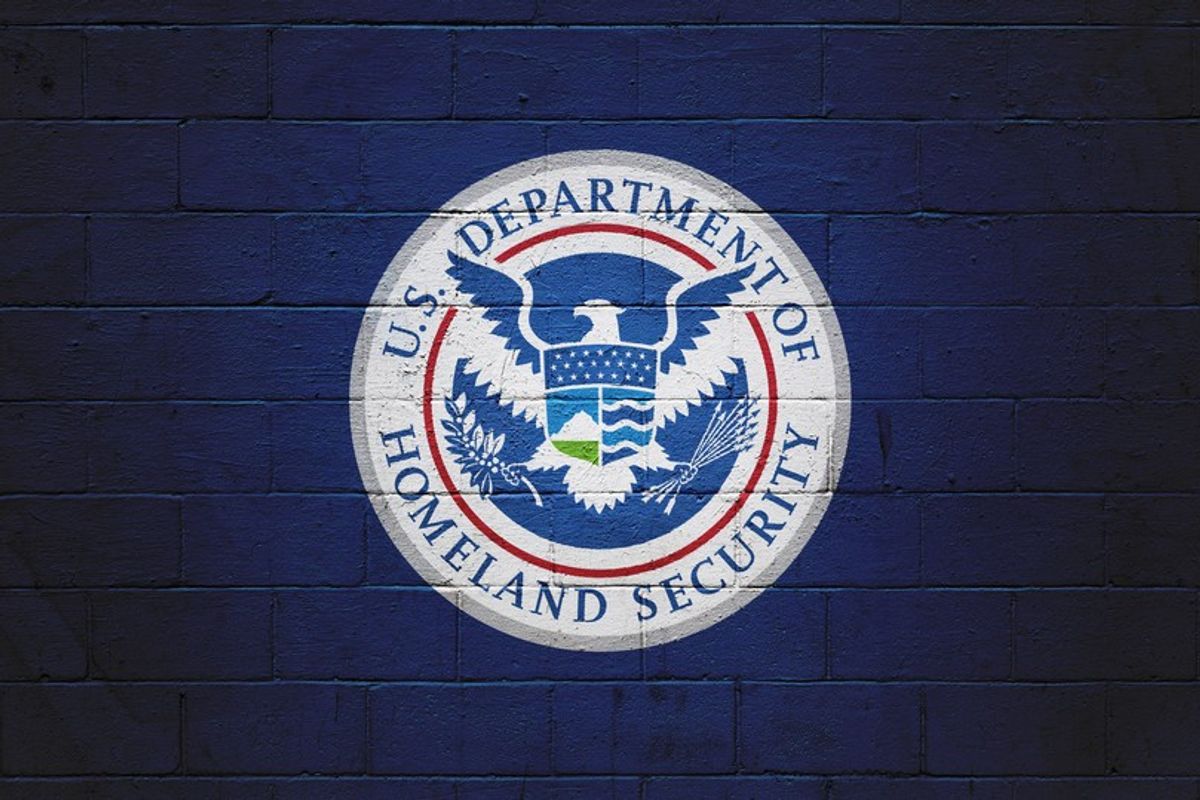South Africa has come a long way since 1994, when the country was on a knife’s edge, and it seemed civil war was imminent. With strong leadership by Nelson Mandela, the transition was relatively peaceful, and political violence reduced substantially during the first years of democracy. Indeed, since the birth of democracy in South Africa 21 years ago, the murder rate has more than halved. Between 1994 and 2011, the murder rate dropped by 55 percent—from 66.9 per 100,000 people to 30.2.
Unfortunately, however, this long-term trend changed in the 2011/12 financial year, after which murder has increased, going up nine percent in three years. In the most recent statistics released by the South African Police Service, a total of 17,805 intentional homicides were recorded for the period of April 1, 2014 to March 31, 2015. This means that, on average, 49 people are being killed each day at a rate of 32.9 murders per 100,000 people, which represents a rate well above the international average of 6.2.
Although overall levels of interpersonal violence are 28 percent lower than in 1994, the official statistics for crimes other than homicide, such as assault and rape, are not very reliable. This is because these types of crime are very under-reported. Less than half (46 percent) of assault victims and one in 13 victims of rape by a stranger report attacks to the police.
Most violent crime reported to the police is the result of domestic and other forms of interpersonal conflict, such as arguments fuelled by alcohol and drug abuse. The high rates of reported interpersonal violence (around 800 per 100,000 people) are deeply rooted in poverty and inequality, the absence of parents, levels of conflict in the home and community, exposure to poor role models, and alcohol and drug abuse.
Of particular concern, however, is the 87 percent rise in armed robberies over the past decade. A crime is recorded by the police as an “aggravated” robbery when a perpetrator uses a weapon to threaten a victim in order to steal from him or her. Aggravated robbery rates are at 238.7 per 100,000 people. This overall category consists mostly of street robberies but also includes home invasions, business robberies, and vehicle hijackings. Between 2005/06 and 2014/15, home invasions went up by 99 percent and business robbery by 337 percent.
South Africans specifically fear the violence associated with these robberies, as they are perpetrated by organized or semi-organized armed gangs. These gangs target homes and businesses, and threaten or use violence in order to steal valuables, such as mobile devices, laptops, and television sets.
These increases can be attributed to a number of factors. Target hardening and strategies employed to safeguard property led to reductions in certain crimes, such as bank and cash-in-transit robberies, which motivates gangs to look for other ‘softer’ targets. The large illicit market for technological goods and mobile devices has further contributed towards criminals using robbery as a means of obtaining these goods. Currently, the prosecution and conviction rates for robberies are too low to provide an adequate deterrence for those who perpetrate these crimes. Part of the problem is that the police do not have a specific strategy in place to effectively and sustainably target perpetrators of robbery and those that trade in stolen goods.
Fear of being attacked coupled with low levels of public trust in the police have given rise to a sprawling private security industry, which employs about four times more people than there are police officers. It also contributes to high levels of vigilantism in certain communities where mob violence is far too common.
Increasing levels of social unrest—as measured by violent labor strikes and protests against poor government services—have placed further burdens on a struggling police service. In the past decade, cases of public violence increased by 95 percent, from 1,993 incidents in 2005/06 to 1,993 in 2014/15. The police are deployed to an average of 40 public gatherings per day, of which more than six are likely to turn violent.
The question remains then, what can South Africa do to reduce these abnormal crime levels?
The answer lies in trusted political leadership that will be willing and able to implement short, medium, and long-term strategies. The challenges facing the South African criminal justice system are well documented, and recommendations for improving it are contained in the government’s vision for 2030, the National Development Plan (NDP). The recommendations of the NDP’s chapter on building safer communities need to be urgently implemented. The seven point plan contained therein refers to the strengthening of the criminal justice system, demilitarising the police and making them more professional, increasing rehabilitation of prisoners, and developing an integrated approach consisting of crime prevention and increased community participation.
Although adopted by the government in 2012, there are no signs of any of the crime and criminal justice recommendations of the NDP being implemented. Given the high levels of corruption amongst the political and economic elites, the criminal justice agencies are continually interfered with, and there appears to be little political will to change this situation. However, the increasing crime rates will result in increasing political pressure, which hopefully will yield effective responses from the government before too long.
Lizette Lancaster manages and has overseen the creation of the South African Crime and Justice Information and Analysis Hub of the Institute for Security Studies. Her focus is the collection, analysis, and dissemination of data to promote evidence-based crime and violence reduction policies and strategies.









